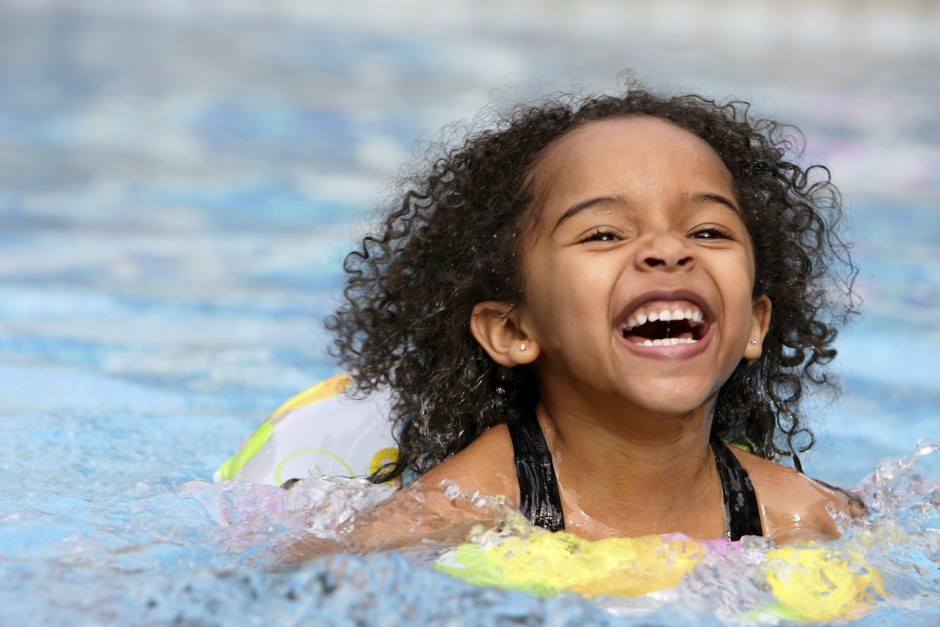
The brain plays its part in children’s writing and reading but the body needs to be ready physically too.
It’s important to remember that the physical skills needed to achieve these learning skills are developed in the early years, right from birth.
Little hands and eyes need developing ready for successful reading and writing.
Children’s bodies develop from head to toe, and from chest out to the hands. This is why having a strong healthy body is needed for those ‘fine’ or smaller muscles to be developed.
The wrist, hand and fingers need to develop dexterity to hold and control a pencil before letters and words can be written.
If you start too early trying to get children to hold a pencil and write their name they can become frustrated and discouraged as they are not yet physically able to do it.
First the hands and eyes need to develop through play and every day experiences.
Swimming’s Role
What this is saying to me is that early physical development steps that start in the baby swim classes help to make the baby’s body ready for the activities that will be learned on the journey to K-12.
Learning how to control breathing and bob the head in and out of the water and breathe is part of the progression that will enable a tiny child to eventually float, to kick and propel the body through the water, to use arms like big paddles to guide the body forward like a canoe.
And as infants grow into toddlers, they learn to control muscles in specific ways, to make movements in certain order and to remember how to do it over and over again.
Learning in the pool helps infants ready themselves for fitting the round pegs into the right round holes with fingers that are now developing dexterity. They now have the knowledge of how to make their muscles work and to remember that action when they need that skills again.
And then that process is repeated and improved, repeated and improved, repeated and improved.
Read more about Swimming, Growth and Development.
Skills like visual tracking, hand-eye coordination, and peripheral vision are used in even the earliest swim class and provide the basis for the wonders young swimmers will discover in future swim classes, in play, in nursery school and eventually in K-12.
Infant swimming is an invaluable learning process that can start now. Check out Little Otter’s classes and choose the one that fits into your child’s needs.
Little Otter Swim School provides quality swim lessons in a safe and fun environment that are taught by caring and enthusiastic teachers. Children are learning and gaining respect and love for the water.
From Little Otter, Charlotte families receive an alternative to “typical” swim lessons in year-round, small group instruction in a warm indoor swimming pool where parents can watch their children’s progress from the comfortable viewing gallery. Little Otter Swim School’s team members are passionate about teaching kids to swim and be safe as they enjoy the water. We’d love to share more of the benefits of learning to swim with you. Learn more about what makes Little Otter different.


Conversations